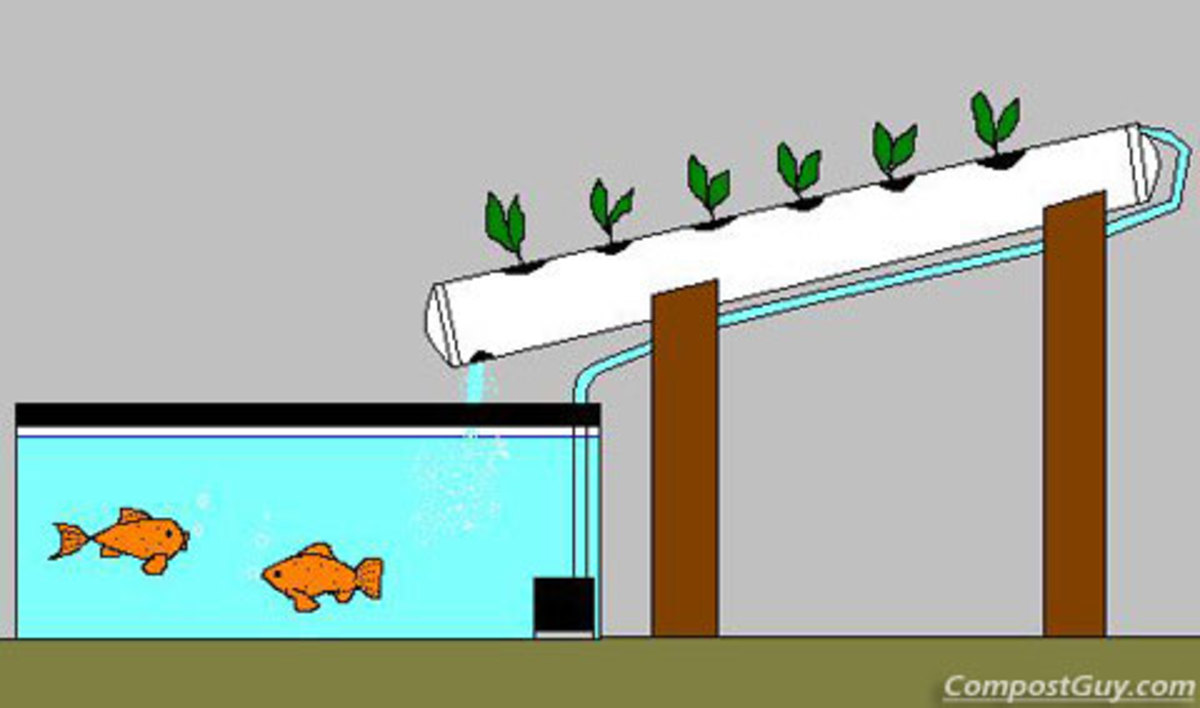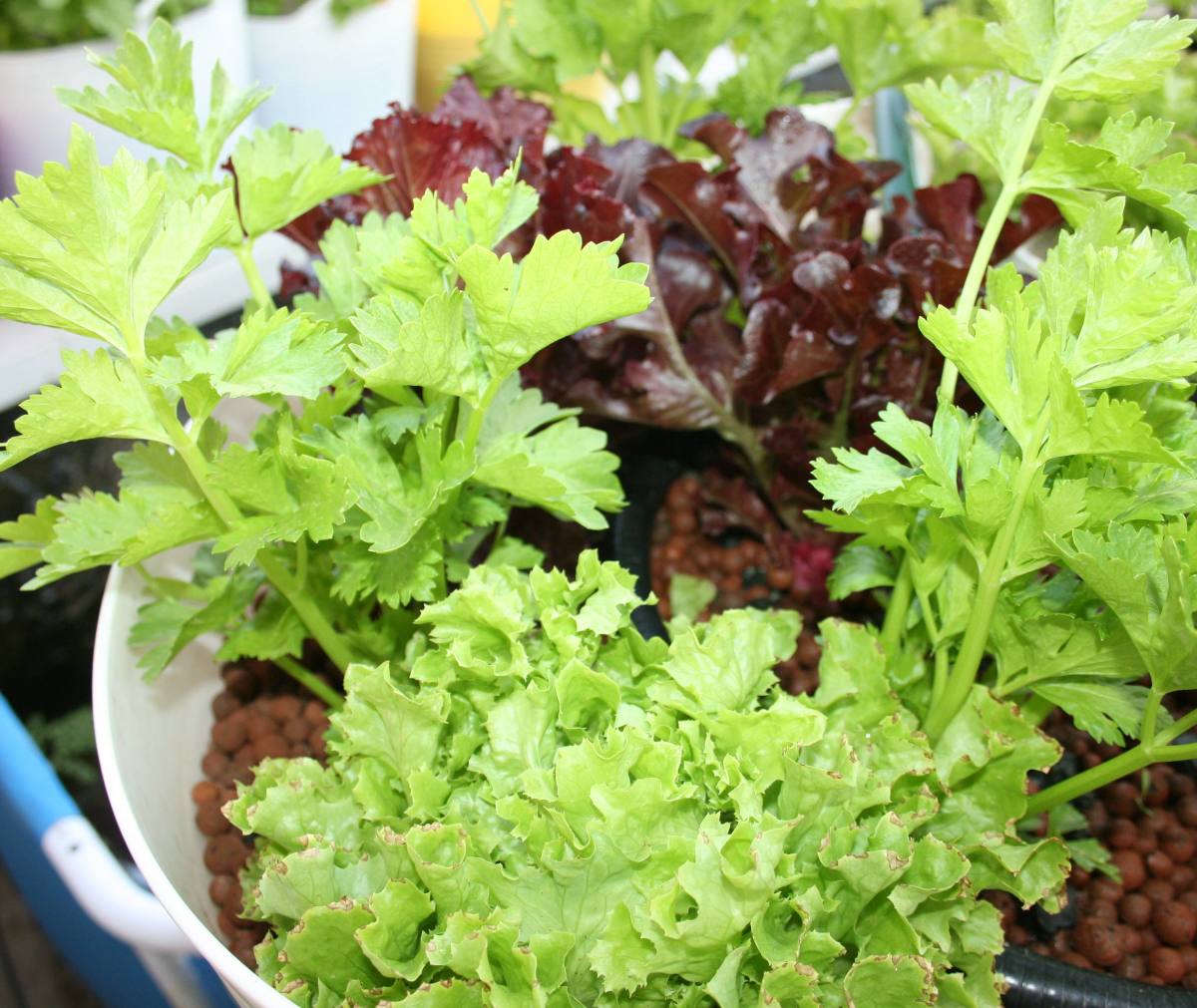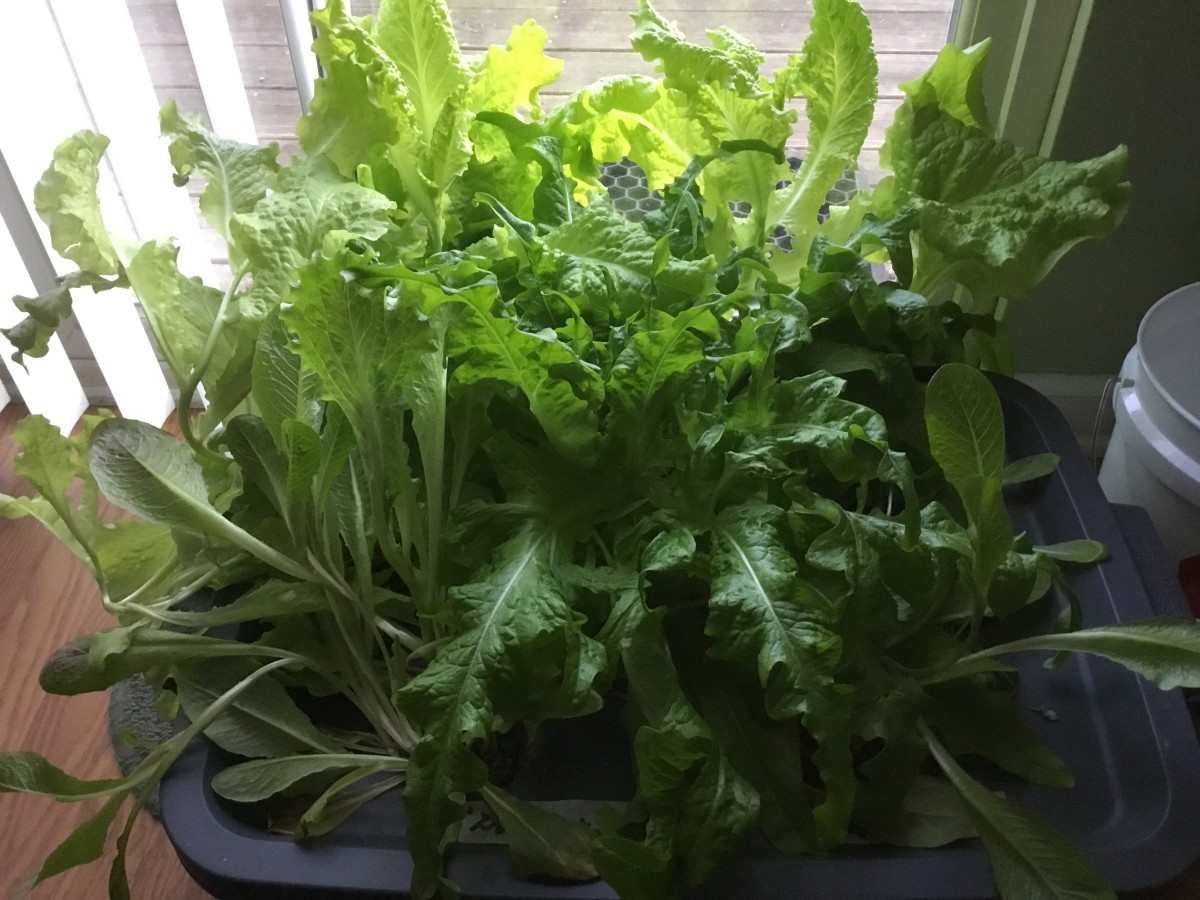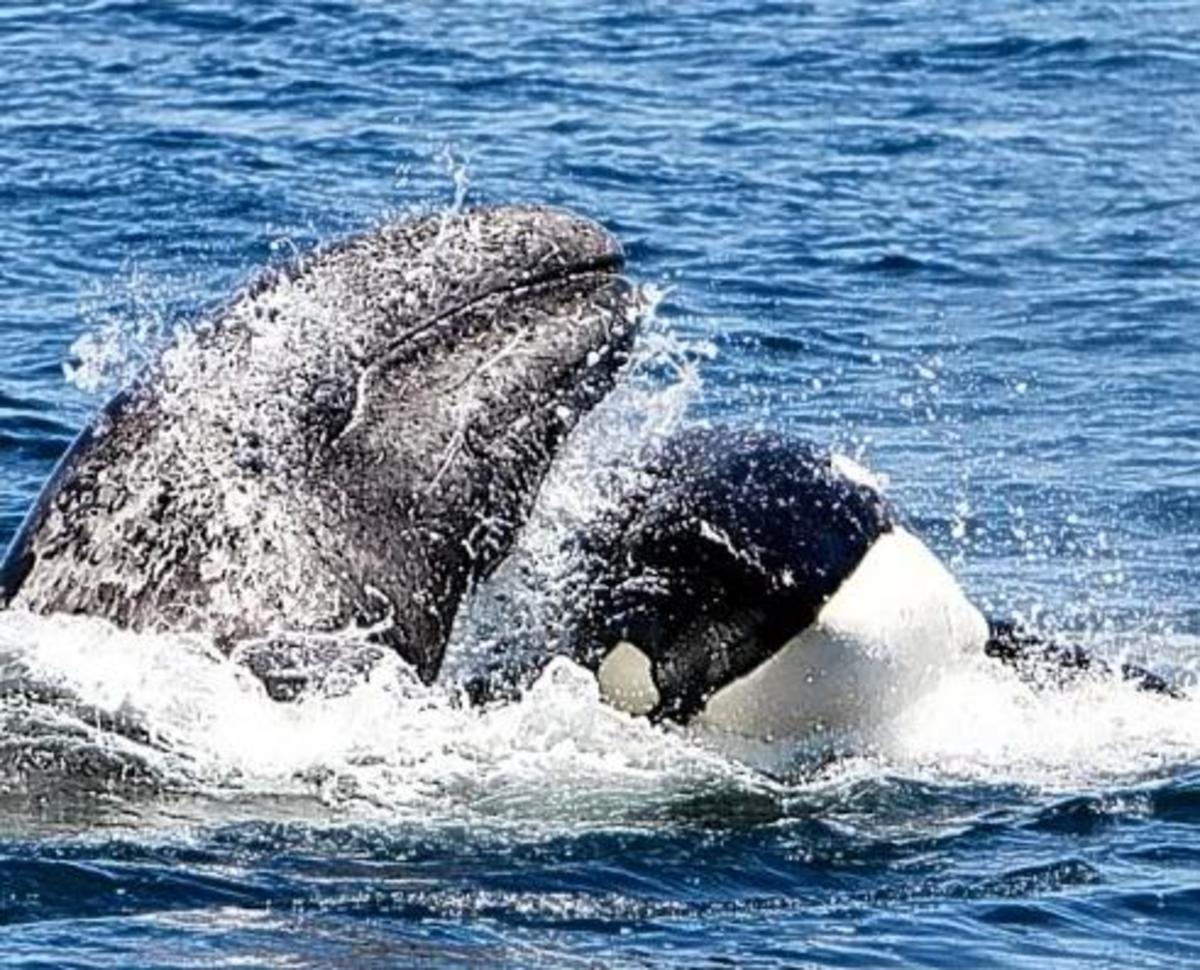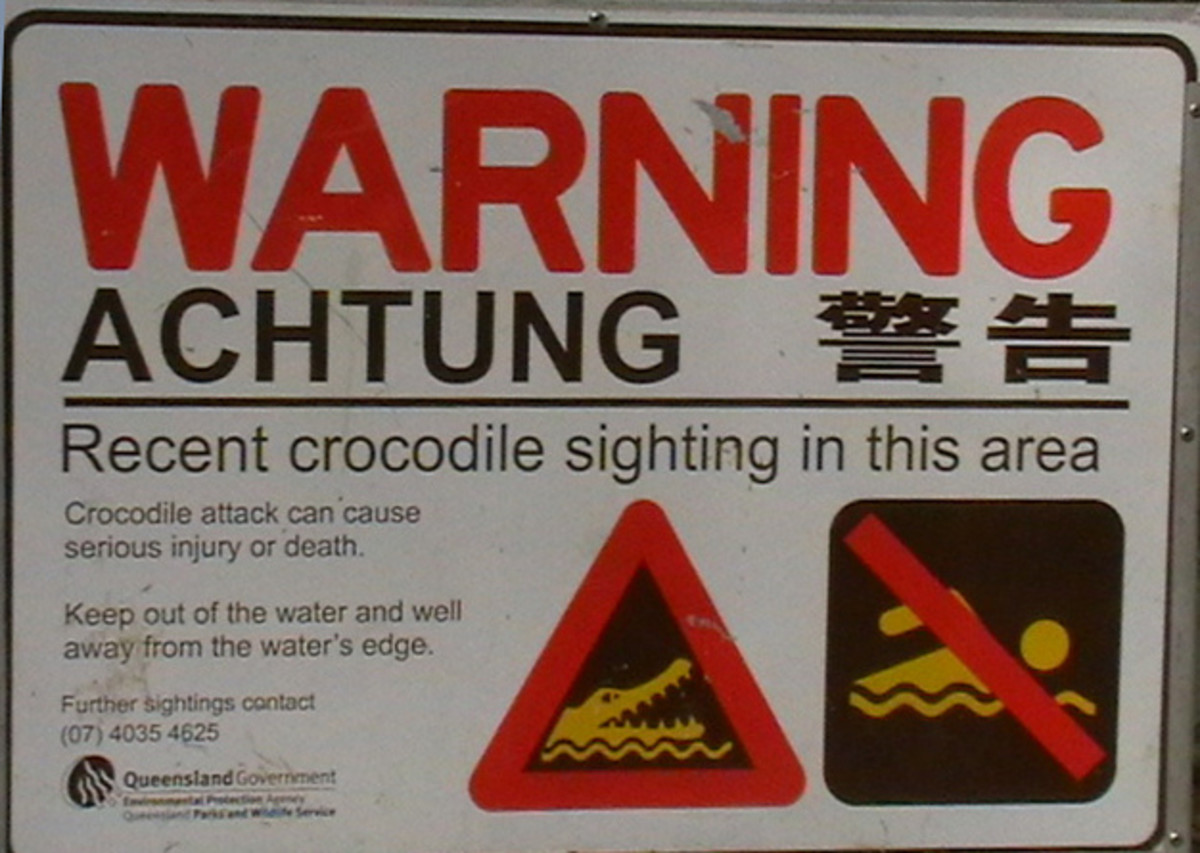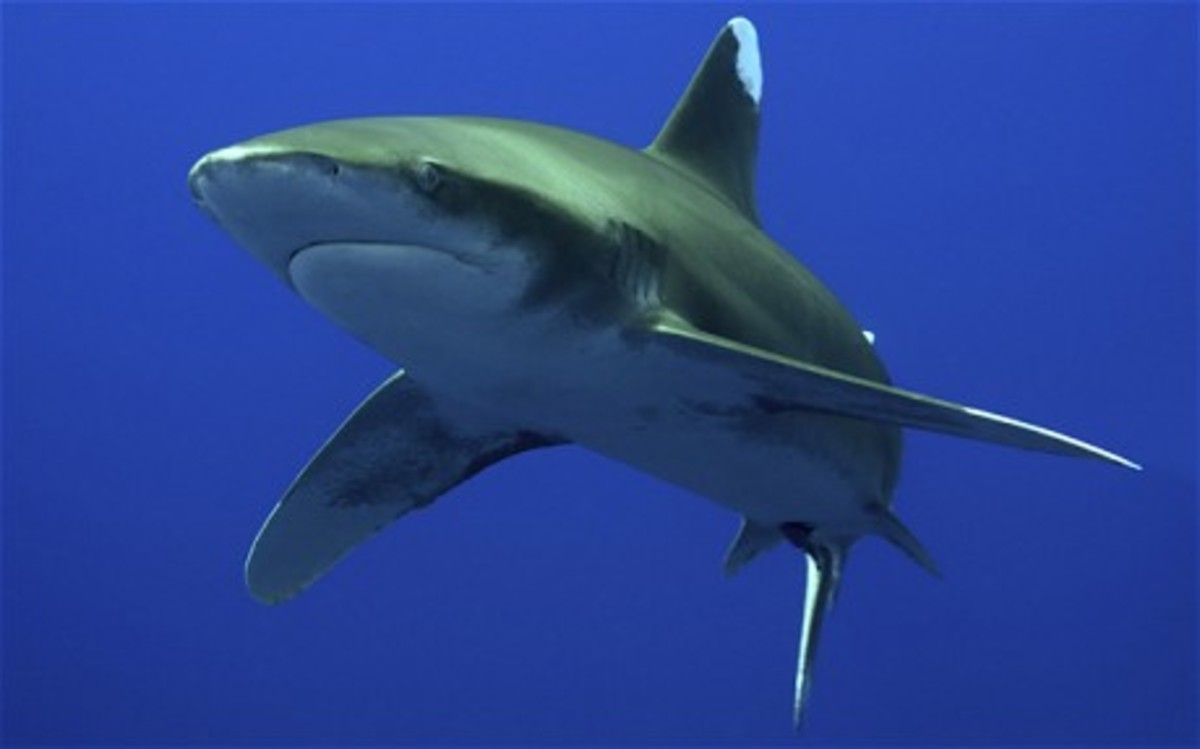- HubPages»
- Education and Science»
- Life Sciences»
- Marine Biology»
- Marine Life
Contemprory Guide for students on Hydroculture
Growing food without soil
As interest in sustainable food production grows, more and more people are asking ‘what is aquaponics?’
Aquaponics is a method of growing food without using soil. Instead you grow plants in water. It is a type of hydro-culture culture. Hydro-culture uses plants' nutrients in water to grow plants. Another type of hydro-culture is hydroponics. Aquaponics uses the hydroponics as part of the overall AQUAPONICS SYSTEM . Aquaponics also makes use of the aquaculture system. Aquaculture involves the cultivation of aquatic animals in a fish tank.
What Goes As Food
In the aquaculture environment, the effluents or waste produced by the aquatic animals and left-over fish food, accumulates. This accumulation eventually makes the water too toxic for the fish and other aquatic animals to survive to thrive.
The water is circulated into the hydroponics system where the roots of the plants use these waste materials as nutrients. The roots of the plants absorb these toxins and cleanse the water. This cleansed water is sent back to the aquatic animals in the aquaculture system.
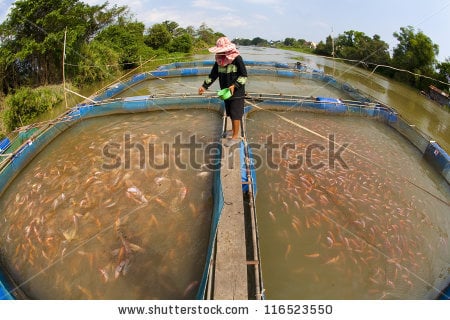
More About Aqua Culture
Aquaculture its also known as fish farming or shellfish farming.
It refers to the breeding, rearing, and harvesting of plants and animals in all types of water environments including ponds, rivers, lakes, and the ocean. Researchers and aquaculture producers are "farming" all kinds of freshwater and marine species of fish, shellfish, and plants. Aquaculture produces food fish, sport fish, bait fish, ornamental fish, crustaceans, mollusks, algae, sea vegetables, and fish eggs.
Aquaculture includes the production of seafood from hatchery fish and shellfish which are grown to market size in ponds, tanks, cages, or raceways. Stock restoration or "enhancement" is a form of aquaculture in which hatchery fish and shellfish are released into the wild to rebuild wild populations or coastal habitats such as oyster reefs. Aquaculture also includes the production of ornamental fish for the aquarium trade, and growing plant species used in a range of food, pharmaceutical, nutritional, and biotechnology products.
Two Main Types :
Marine aquaculture refers to the culturing of species that live in the ocean. U.S. marine aquaculture primarily produces oysters, clams, mussels, shrimp, and salmon as well as lesser amounts of cod, moi, yellow-tail etc.
Marine aquaculture can take place in the ocean (that is, in cages, on the seafloor, or suspended in the water column) or in on-land, man-made systems such as ponds or tanks. Recirculating aquaculture systems that reduce, reuse, and recycle water and waste can support some marine species.
Freshwater aquaculture produces species that are native to rivers, lakes, and streams. U.S. freshwater aquaculture is dominated by catfish but also produces trout, tilapia, and bass. Freshwater aquaculture takes place primarily in ponds and in on-land, man-made systems such as recirculating aquaculture systems.
As the nation's oceans agency, NOAA and its Office of Aquaculture focus on marine aquaculture, although research and advancement in technology can be more broadly applied. Continued advances in technology and management practices are expanding aquaculture's potential role in producing a variety of species for both restoration and commercial purposes.
Hydroponics and Aquaculture
Aqua is a light bluish-green color, and hydro refers to water.
Hydroponics is the cultivation of plants in a nutrient solution rather than soil. Some just say, ‘growing plants without soil’. In other words, growing plants is possible through the process of adding plant-specific nutrients to a recirculating water system.
Aqua-ponics is the symbiotic cultivation of plants and aquatic animals in a recirculating environment. It is similar to a hydroponics system except instead of adding nutrients, you rely on the fish as nutrient-generators. That is, you feed the fish (this is the only input), the fish create waste, and that waste is converted to nitrates (plant food) through a nitrification process (bacteria).
Aquaponics would be the ‘working of bluish-green water’ or the nutrient rich water produced through a process that mimics nature. Hydroponics would be the ‘working of water’ which refers to growing plants without soil.
Vegetables are grown in greenhouses around the world. And farming fish in tanks is nothing revolutionary. What is new is that water from the fish tanks is being used to grow the tomatoes. Aquaculture, the farming of aquatic organisms, and hydroponics - growing plants using mineral nutrient solutions in water, without soil - have been separate domains.
Fish excrete ammonia, which is toxic for tilapia, so the water has to be treated. The advantage, however, is that the dirty water from the fish tank is an ideal fertilizer for tomatoes once the fish waste has been filtered and the ammonia has been chemically removed.
In the greenhouse, this takes place automatically. The dirty water from the fish tanks runs through white plastic pipes. During the first stage, fish waste is filtered out then the water is purified in a bio-filter - a huge black tank with a small opening on the side.Despite being only about the size of the tip of the thumb, their surface area is greatly increased by the many holes that dot them. It is on this surface that a film of bacteria settles."One type is made from ammonium nitrite and the other from nitrite, ultimately nitrate."
And nitrate is an essential and valuable component of plant fertilizer.
The treated water from the fish tank is sent via pipes to the boxes where the plants are growing. They extract nitrate from the water - any extra water is gotten rid of through the leaves as water vapor. Several cooling traps have been installed under the ceiling to ensure that the water condensation is directed back into the fish tanks. The fish-plant cycle is now complete.
Advantages
Water is saved along with low cost for cultivation and rearing along with that there is no environmental impact.
The main benefit of this process is that we only need to use about 10-percent of fresh water a day.We can save so much water and therefore manage a sustainable system." For drought-stricken areas in Africa, for example, the system would be a perfect and a profitable way to produce food. Evaporated water is extracted from the greenhouse via cooling traps, being re-fed back into the water system. However, the energy required for such a system is huge.
Simple solar systems would be sufficient enough to provide energy all year around if such systems were installed in countries in Asia, Africa and South America. And experiments are already taking place in Berlin to see what other vegetables can be grown in such systems.
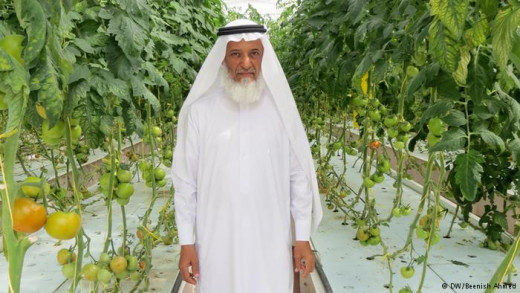
Facts related to AQUAPONICS
Jabber Al Mazroui has succeeded in building one of the world's largest aquaponics farms in the desert climes of the United Arab Emirates. He hopes aquaponics can boom, but local farmers are proving slow to adjust.
Which plants are more grown for hydroponics
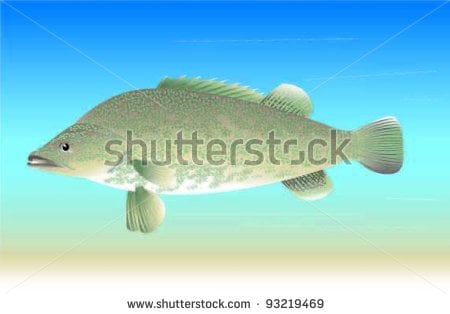
The Murray Cod
A variety of aquaponic fish can be used in aquaponics operations. Which type of aquaponic fish one should choose for his or her system depends on practical matters such as water temperature and pH, as well as personal preference.
Murray Cod is primarily preferred in Australia. Murray Cod grow rapidly and will eat anything that can fit in their mouths, including smaller fish. They survive best in a pH of 7.0-8.0. Both Murray Cod and Barramundi can be stocked denser than Tilapia, making them more productive. Murray Cod typically prefer a cooler temperature range between 46 and 75 degrees.
Safe Life and Enjoy
A UNIQUE THING YOU CAN DO AS A STUDENT IS BEING RESPONSIBLE ABOUT YOUR PETS AND SAVING LIVES OF OTHER BEINGS BY LITTLE THINGS IN SMART WAYS.
THIS IS BY HAVING AN AQUARIUM AT HOME WHICH YOU NEED TO TAKE CARE OF AND BE RESPONSIBLE ABOUT THE FOOD AND CARE THE FISH INSIDE IT.
THE FOLLOWING KIT IS A CUTE LITTLE ONE TO HAVE AT A CORNER OF YOUR ROOM AND IT WILL ALSO INCREASE YOUR KNOWLEDGE ABOUT THE KINDS OF FISH AND MARINE LIFE.
DO BUY IT AND LET ME KNOW YOUR EXPERIENCE THROUGH YOUR VOTE AND COMMENTS.


